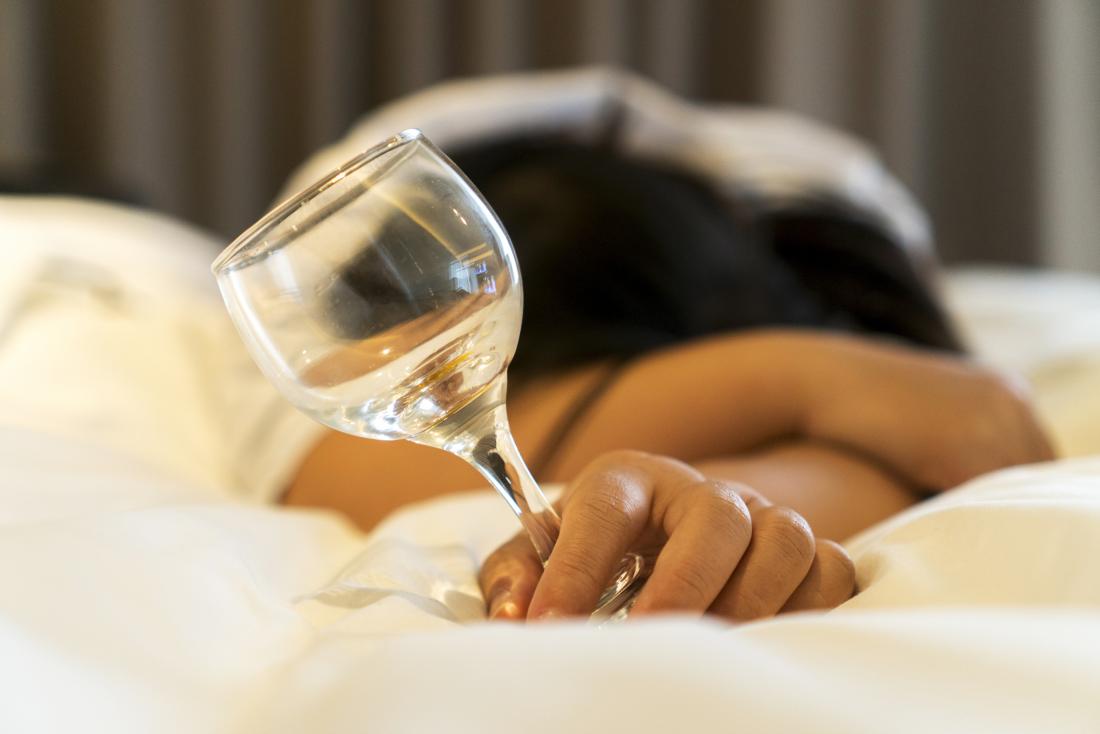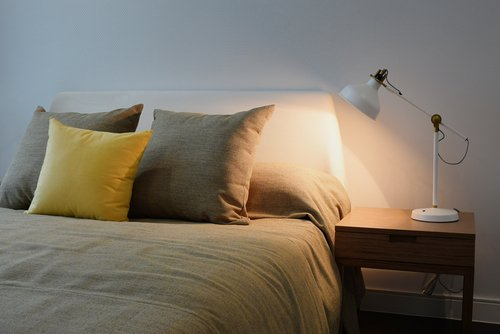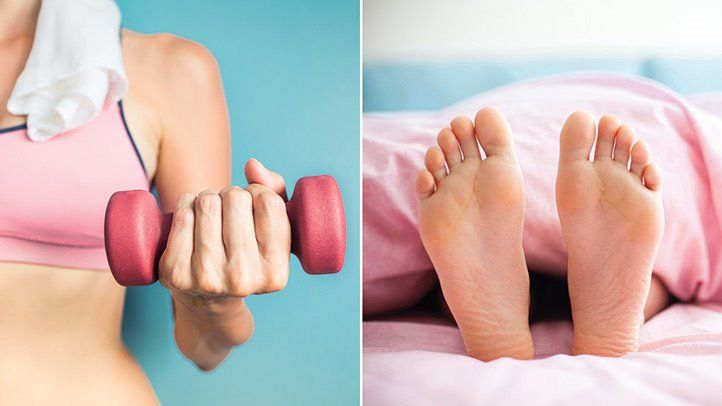News
How to Create the Perfect Sleeping Environment
wp:paragraph You may already know the importance of creating good sleeping habits overall, but did you know just how much of an impact your sleeping environment has? /wp:paragraph wp:paragraph Making your bedroom the perfect sleeping environment is essential for a good quality sleep each night, so that you can function well during the daytime. After all, you spend a third of your life sleeping, so skipping out on a quality sleep is not something you want to do! /wp:paragraph wp:paragraph Here are six tips for creating the perfect environment for sleeping /wp:paragraph wp:list {"ordered":true,"type":"1"} Keep the room dark while you sleep: leave the lights off and use blackout curtains. Bonus tip: chose a color for your bedroom walls to help promote a calm environment and avoid anything too flashy. Keep the room temperature a little on the cooler side: having a cool room is best for sleeping, but make sure you are not so cold that you are shivering at night. Keeping your room too warm can be uncomfortable and you may find yourself tossing and turning. Leave electronics out of the bedroom: many people like to fall asleep with the TV on but this is not recommended, keep it in a separate room. You should also try and leave your phone and tablet charging in another room overnight. Be mindful of any noise: background noise can be distracting while you are trying to sleep. If you are a light sleeper and you wake easily, you may want to consider using a white noise machine. Use your bedroom (and especially your bed) for sleeping only: resist the temptation to use your bedroom as an office, lounge area, or social space and keep the clutter in your bedroom to a minimum. This way you can fully relax once it’s bedtime and you won’t feel anxious about other life factors. Make sure your bed is comfortable: invest in a good quality mattress and pillows (depending on which position you sleep in) and don’t overdo it with the covers. /wp:list
about How to Create the Perfect Sleeping EnvironmentCan Exercise Improve your Sleep Apnea?
wp:paragraph Did you know that exercise has numerous benefits for your overall sleep cycle? This is especially true if you suffer from sleep apnea. /wp:paragraph wp:paragraph Not only can proper exercise help you to fall asleep faster, but it can improve your quality of sleep overall. If you suffer from sleep apnea, many studies have made numerous connections between weight loss (which includes diet and exercise) and an improvement in sleep apnea symptoms. Most severe cases of sleep apnea will still require further medical treatment such as a CPAP machine and exercise is not a cure for sleep apnea, however, a healthy change in lifestyle can certainly lessen the severity of your symptoms. /wp:paragraph wp:paragraph If you find you are sitting more and more these days and want to pick up some healthy exercise habits, here are a few tips to get started: /wp:paragraph wp:list Start small and low impact: all you need to do is get moving! Start with a short walk or maybe do a short exercise routine online, then you can build up the momentum afterwards to do something that challenges you a little more. Stick to something you enjoy: it’s easy to fall off track if you are doing an exercise routine you are not enjoying. Maybe the treadmill is not your thing but if you enjoy another sport or activity that gets you moving then stick to that. Ask for support: having support from a friend, family member or partner can be extremely beneficial in your journey and can motivate you to stick with it. Avoid high intensity activity within 1-2 hours to bedtime: all those endorphins that get released during exercise are great, but not at the end of the day when you are trying to slow down and get into a sleeping routine. Don’t skip out on healthy eating: diet, sleep and exercise are all important parts to maintaining a healthy lifestyle. Stick to your CPAP treatment: while exercise can improve your sleep apnea symptoms, it is not a cure, and not using your CPAP machine can only make your symptoms worse. /wp:list
about Can Exercise Improve your Sleep Apnea?Which CPAP Mask is right for me?
wp:paragraph Are you feeling overwhelmed with all of the different types of CPAP masks? You are not alone! If you are just starting out in your CPAP journey, you may have noticed that there are many different types of masks to use with your CPAP machine. The best one for you depends on a number of factors, including your personal preference, your sleeping habits, how severe your sleep apnea may be and what is recommended by your doctor. /wp:paragraph wp:paragraph These are three of the main types of face masks for your CPAP machine, all of which can be found here CPAP Masks - PAPSmart Canada /wp:paragraph wp:image {"id":7504,"sizeSlug":"large","linkDestination":"none"} /wp:image wp:paragraph Full Face Masks /wp:paragraph wp:paragraph The full face mask covers both your nose and your mouth, and has side straps to secure it in place. This can be beneficial if you mainly breathe through your mouth, if you sleep on your back, or if you require a higher pressure setting to treat your sleep apnea. These masks also offer a seal against any leaking that may occur, which can improve your CPAP therapy overall. /wp:paragraph wp:paragraph Nasal Masks /wp:paragraph wp:paragraph Unlike the full face mask, the nasal mask covers only your nose while still supplying a consistent flow of air pressure. This mask option has a lighter fit overall and works for most mild cases of sleep apnea. The nasal mask is most recommended for those who move around a lot in their sleep, or if you mainly breathe through your nose. /wp:paragraph wp:paragraph Nasal Pillow Masks /wp:paragraph wp:paragraph The nasal pillow mask may seem similar to the nasal mask in many ways, however the main difference is that the nasal pillow mask fits at the bottom of your nose, as oppose to fitting over your nose as a whole. If you tend to feel claustrophobic in a full face mask, or if you require a lower pressure setting to treat your sleep apnea, this can be a great option. This mask gives you a full field of vision, especially if you like to read before bed, and also works for those who wear glasses or have a lot of facial hair. /wp:paragraph wp:paragraph /wp:paragraph
about Which CPAP Mask is right for me?


